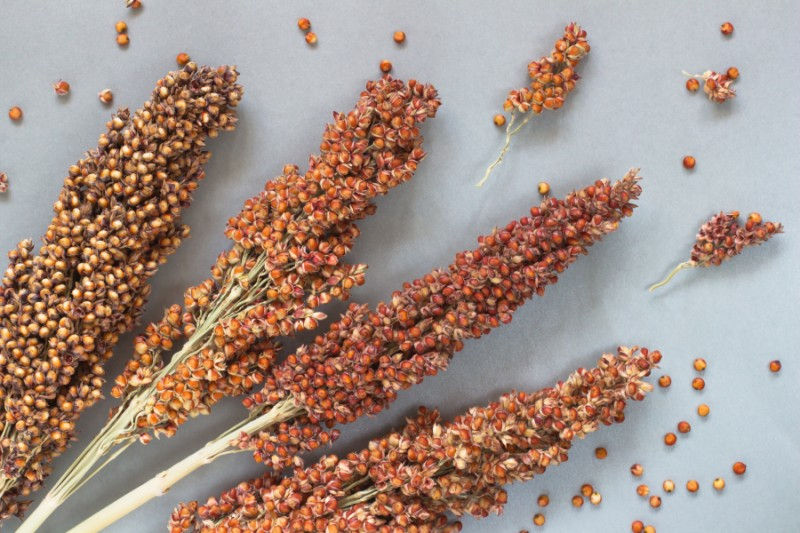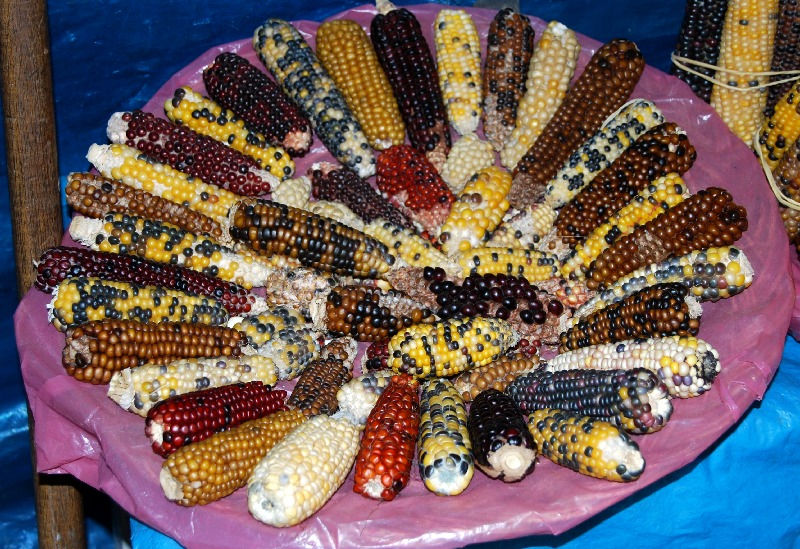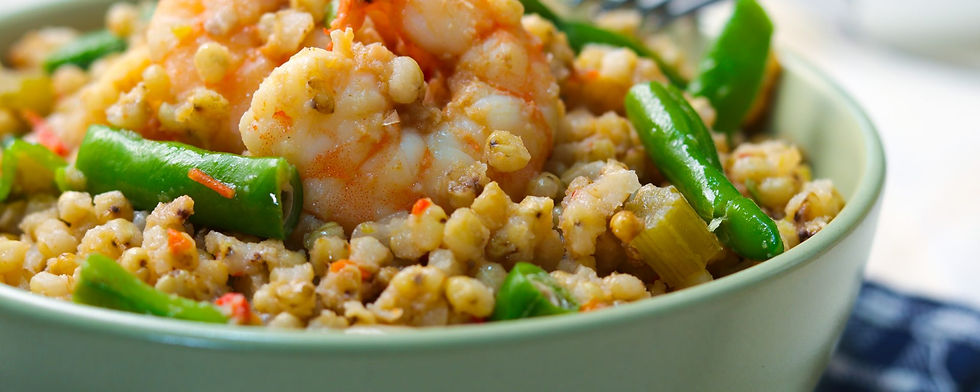Comparing Corn and Sorghum
- Alec Medd
- May 10, 2018
- 3 min read
Corn (Zea mays) and Sorghum (Sorghum bicolor) are two of the world’s most important cultivated plants. Both are monocots that belong to the family Poaceae. They produce grains which are highly nutritious and can be used in many ways for culinary dishes.
Corn is certainly the better known of the two, especially in western culture. Corn is native to southern Mexico. Mexican artifacts that are 8,700 years old have been found to have corn residue on them. Since then corn has exploded across the world and now currently represent 21% of the world’s human nutrition.

There are many types of corn with a variety of colors and tastes. Some types of corn are especially sweet containing higher concentrations of sugar while others have much starch. Unfortunately mass production of corn has led to mono-cropping of the most productive strains and numerous corn strains have gone extinct in the past century. This is worrying because not only does it remove variety for consumers but it also makes corn producers more vulnerable to disease outbreaks. Given that corn is one of the most important plants for humanity, measures should be taken to maintain the genetic diversity of corn that we still have. It is also worth noting that the husk on corn has made it difficult for corn to disperse their pollen without human aid. They can self-pollinate, yet it is interesting that we have this strong symbiotic relationship with corn.

Corn can be used in salads, soups, or eaten straight off the cob. Of course, popcorn can’t be forgot either. High fructose corn syrup has also found its way into seemingly every imaginable North American food these days. Corn syrup is actually terribly unhealthy and is contributing to the obesity epidemic in North America. Corn is fully of fatty acids and has 342 calories per 100 grams.
A healthy alternative to corn is sorghum, sometimes referred to as broom corn. There are actually more than thirty species of sorghum, S. bicolor is just the most widely cultivated species. Sorghum produce gluten free grains which has made them increasingly popular in the past few decades. They are also very drought resistant unlike Corn. Corn requires adequate water and nutrient rich soil, while Sorghum is highly adapted to arid African and Australian climates. Sorghum has white wax that covers its leaves which increases water retention, along with extensive root systems that increase water intake. It even has an extended development period for its seeds to reduce the chances that a short drought will lead infertility of the seeds. Between being gluten-free and having drought resistant adaptations, Sorghum may be the grain of the future.

Sorghum can be eaten in many of the ways that corn is. Its grains are different though being much smaller and possessing an almost nutty like taste. Sorghum can be used as a substitute for rice in culinary dishes, it can be popped like popcorn, it can be fermented to make alcohol, and syrup can even be made from its pith. Indeed, sorghum is closely related to sugar cane (see other blog post).
I would like to try sorghum. It may be the fifth most important cereal in the world but I haven’t knowingly eaten it. I also do hope that Sorghum increases in popularity given that it is healthier than corn and requires less water and fertilizer. However, I also know that I am not soon going to give up eating sweet corn off the cob after covering it in butter.
Text Sources
https://www.britannica.com/plant/sorghum-grain
http://www.newworldencyclopedia.org/entry/Sorghum
https://www.wholefoodsmarket.com/blog/get-know-sorghum
http://www.sorghumcheckoff.com/market-opportunities/consumer-food
https://www.nytimes.com/2010/05/25/science/25creature.html
http://academics.hamilton.edu/foodforthought/our_research_files/corn.pdf
Image Sources
https://kansaslivingmagazine.com/articles/2017/04/19/sorghum-for-supper
http://cuzcoeats.com/corn-an-ancient-and-modern-staff-of-life/
q=sorghum+as+food&rlz=1C5ACMJ_enUS521CA568&source=lnms&tbm=isch&sa=X&ved=0ahUKEwjq87ShzvzaAhUQU98KHRXNB2EQ_AUICigB&biw=1280&bih=726#imgrc=UORxcUuoltH97M:






Comentarios